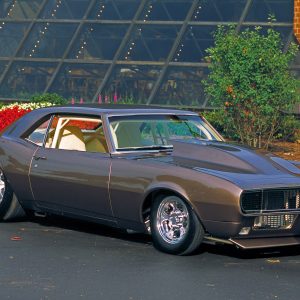Ford
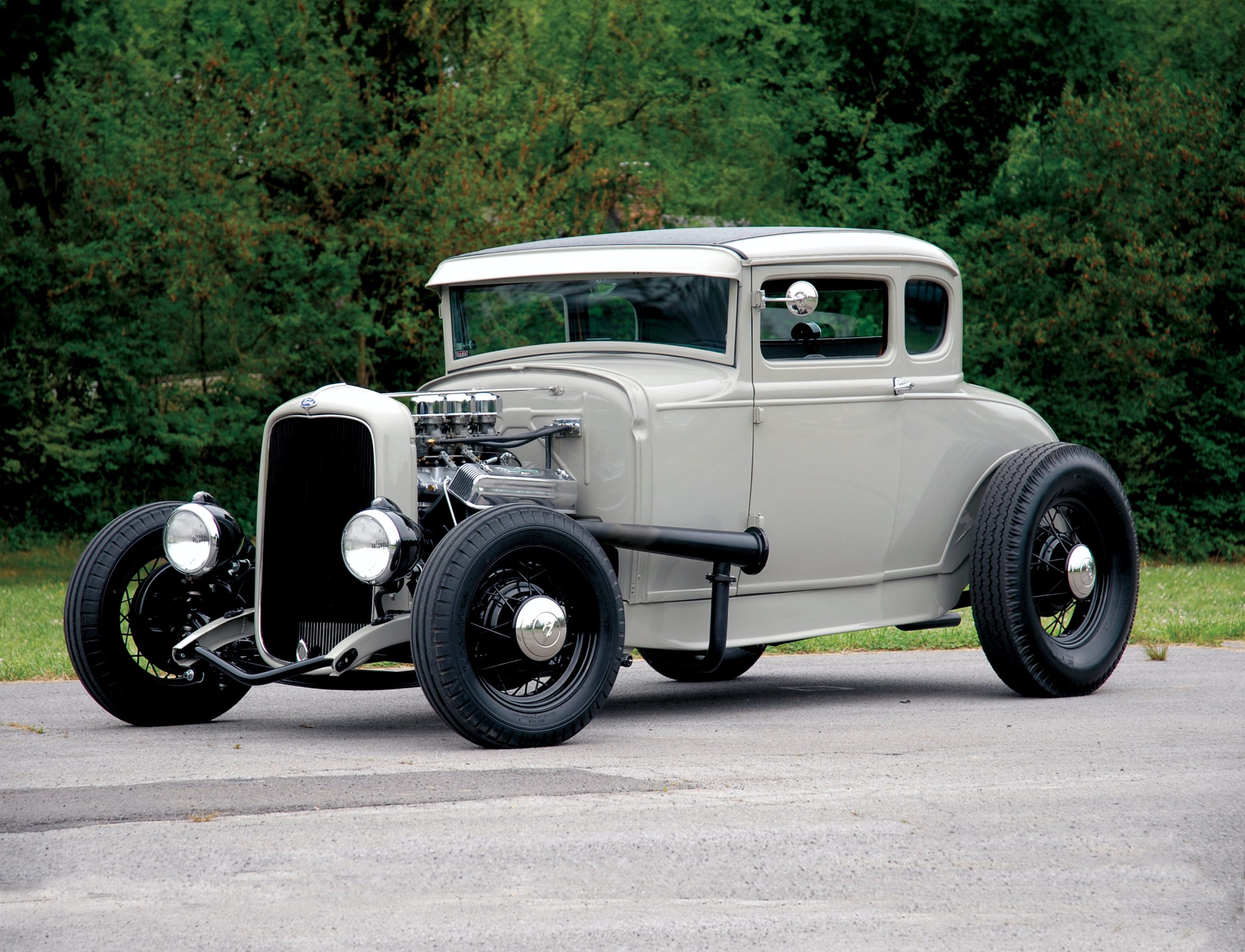
Kirby Kennedy grew up around street rods in his hometown of Selmer, Tennessee. His father, David, had several rods and even operated his own shop. Kirby hung around Kennedy’s Kustom Auto Shop and helped with many of the projects. He also learned many of the required skills to build a rod along the way. Once Kirby reached high school, he knew quite a bit about the history of hot rodding and had developed a fondness for traditional hot rods. His school required each graduating senior to complete a project before they reached graduation. While only a sophomore, Kirby decided to build a traditional-styled hot rod.
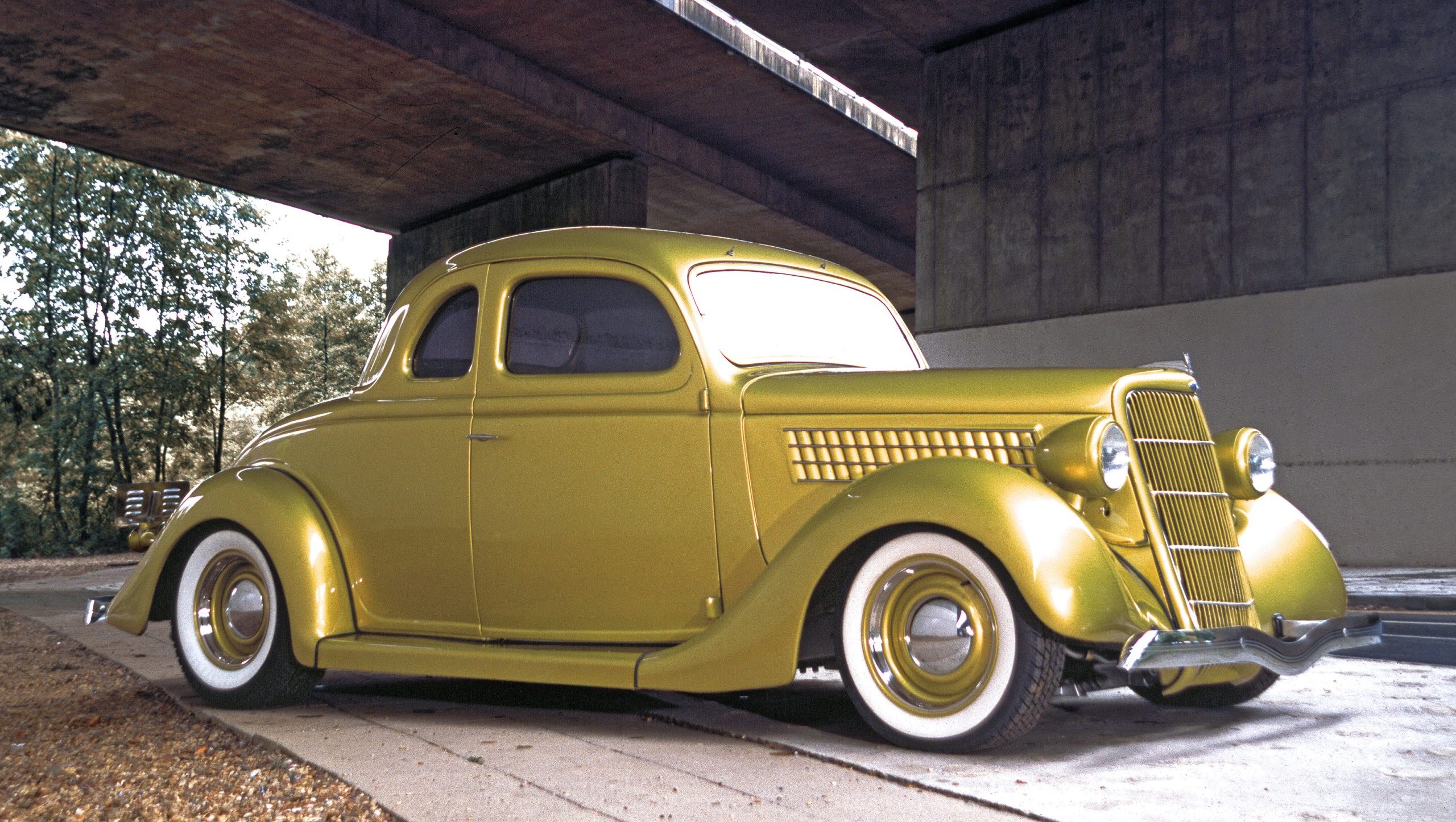
Here in the United States, we have been conditioned to find vintage tin in many places. The availability of good cars to build into street rods has become more limited as the years have passed, but depending upon your choice of bodies, there are still quite a few options. Of course, the advent of reproduction bodies has added to the choices. Now put yourself in a foreign land and think about how hard it would be to find a good 70-plus-year-old imported American car to build. That is what Wayne Streams faced as a native of the United Kingdom. Building street rods has grown in both popularity and participation in the UK. There are many vintage English vehicles available, but American cars are the most cherished among British rodders.
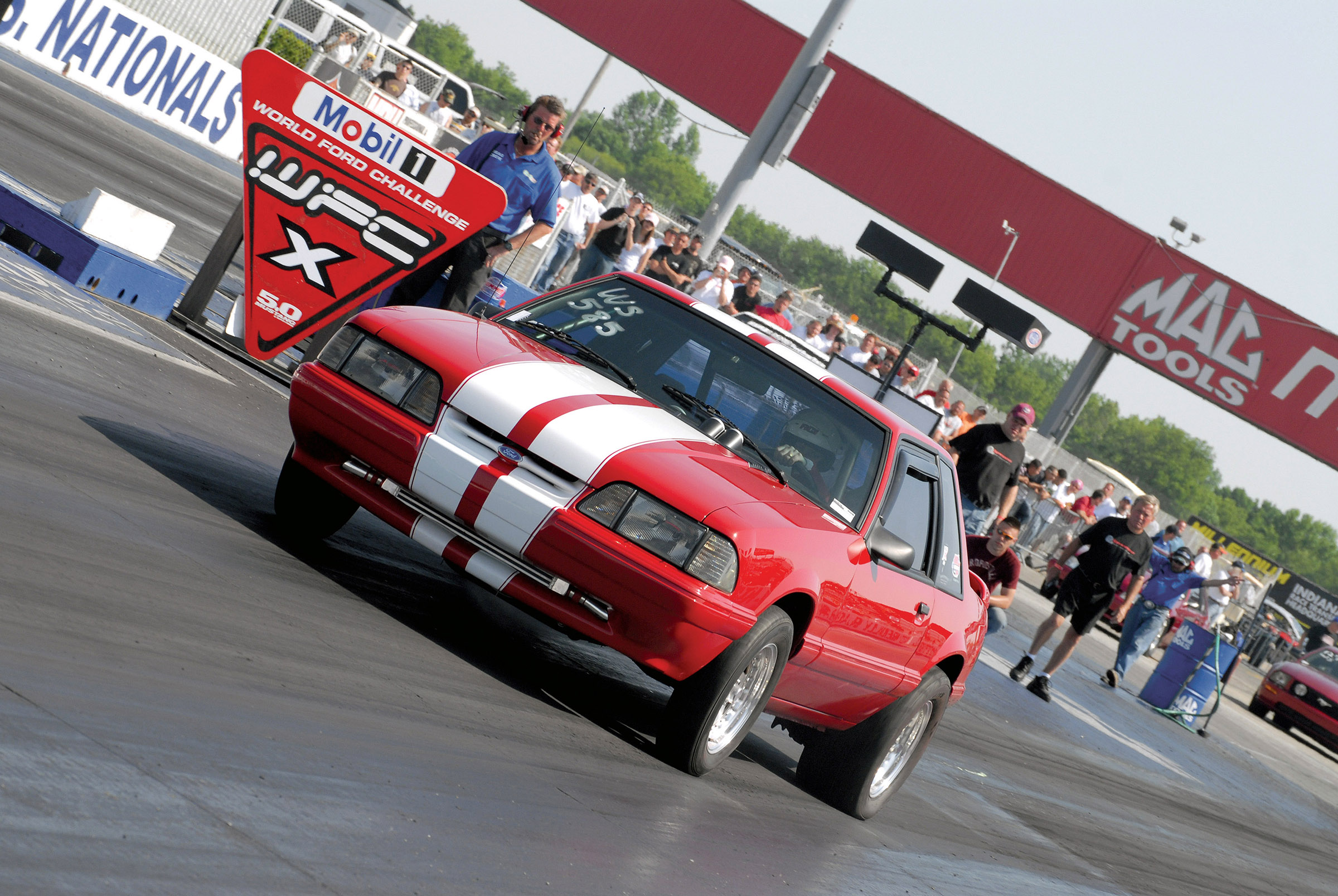
Fox-body cars changed over the years, usually for the better. So, while everyone can spot a Fox Mustang, we decided to take the time to compile photos of some of the more popular Fox variations so that you can tell just what you’re looking at the next time you head to a car show or dragstrip. Sadly, we can’t provide an absolutely comprehensive guide to spotting every Fox-body model produced. Some of these cars, such as the Mercury Marquis, are just too rare in enthusiast circles for us to have a single example of one in our photo library. We’ve also included a few pictures of historic Fox-platform racecars, for no other reason than we like them, and thought you would, too. So, if you don’t know an SVO from a Turbo Coupe from an XR7, study this guide so that you, too, can become a true Fox fan.
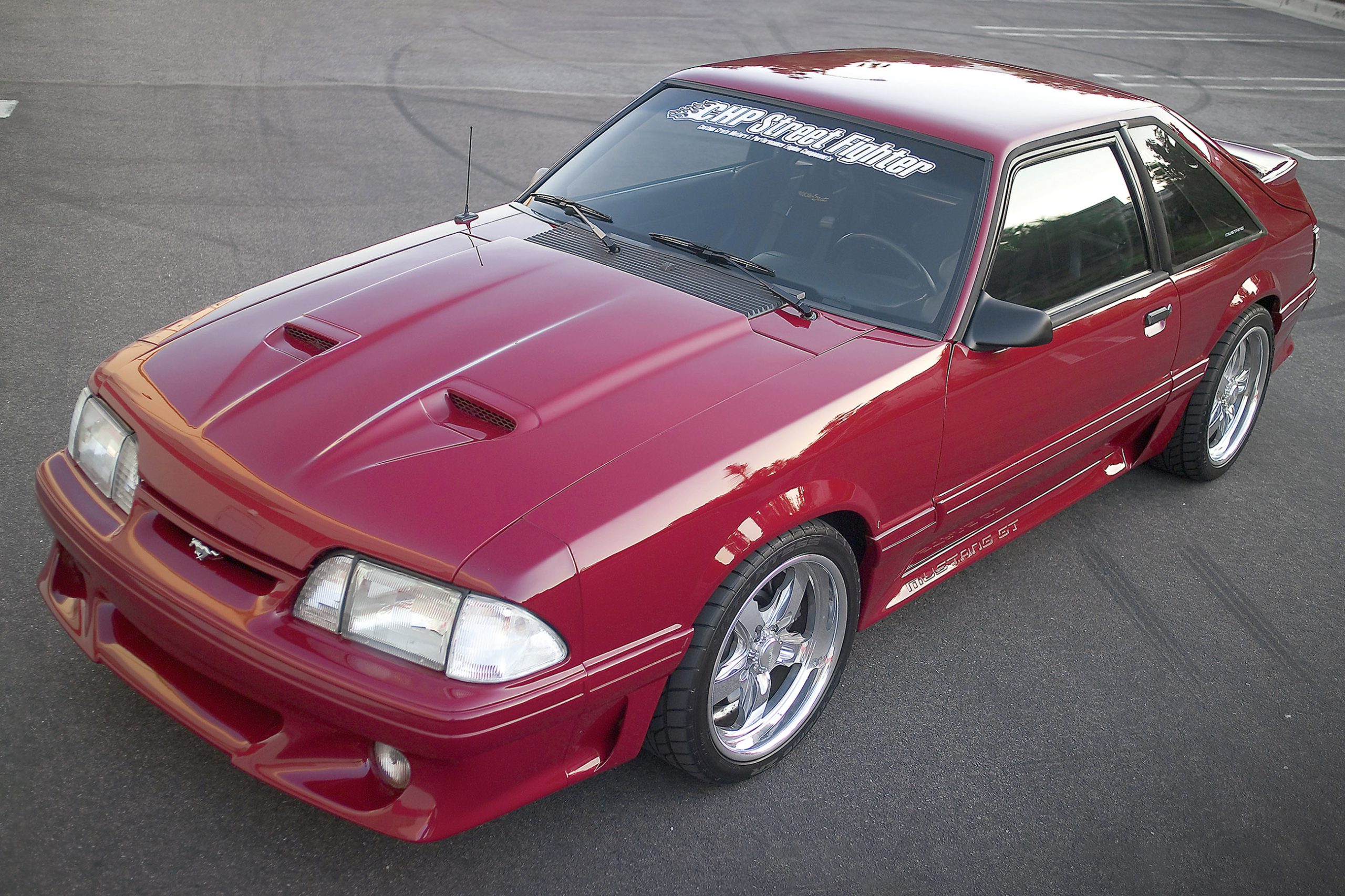
To say that the Fox-body Mustangs have been among the favorites of Ford performance enthusiasts since they began production in 1979 is like saying Henry Ford did okay. Even those without an eye for the obvious know that, by sheer numbers alone, these highly effective, as well as affordable, machines rule the streets of America. And while ’79-’93 Mustangs may lack some of the technological advancements found in Ford showrooms today, there’s an abundance of components available through the aftermarket that will make up for that shortcoming, and lots more.
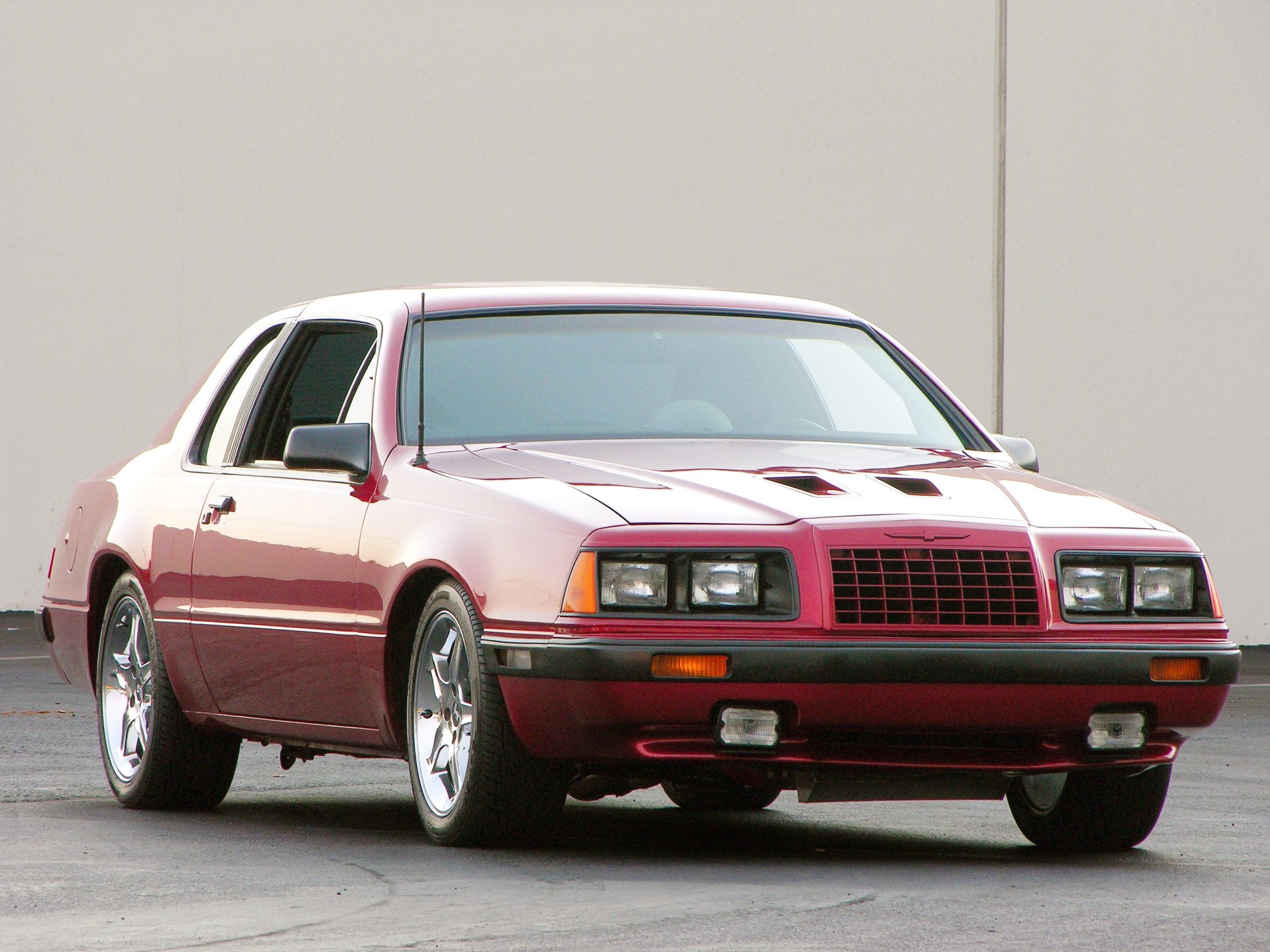
All Ford guys know the proper formula for building a Fox-body car: take a Mustang and cram it full of injected V-8. That’s the mantra, the 11th commandment of the Mustang community. Fortunately, someone forgot to show that particular stone tablet to Bill Powell, owner of Powell Performance (714/992-4909). He did something very different when he built his Fox body: he built a Thunderbird, and he built it with a turbo-four.
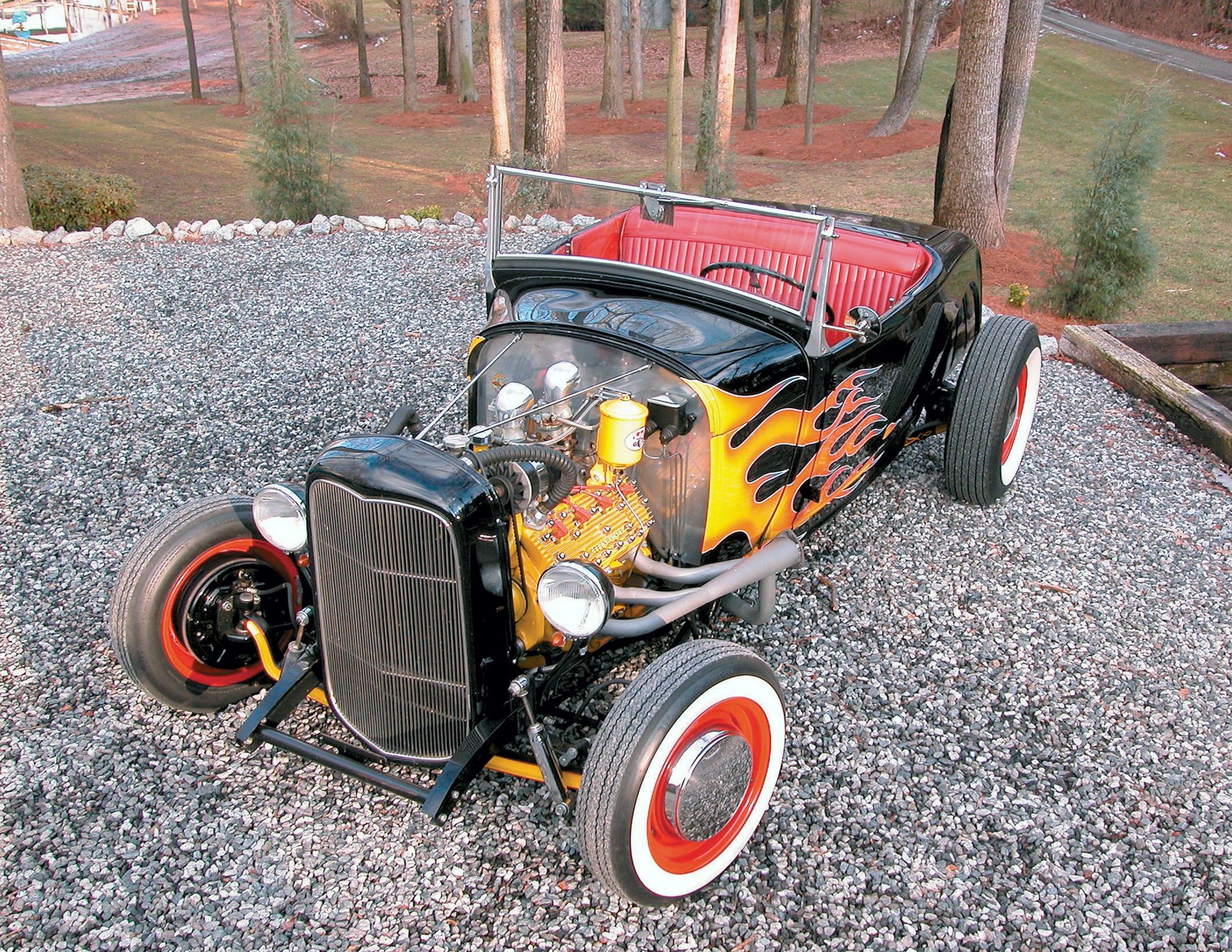
Ryan Newman grew up with a steering wheel in his hands. From the age of five, he has been behind the wheel of a racecar. Now, almost 20 years later, Ryan drives for Penske Racing South on the NASCAR Nextel Cup Series. In 2003, Ryan won eight races, 11 poles and was named Speed Channel’s Driver of the Year. In 2004, he will be driving a Dodge sponsored by primary sponsor Alltel with associate sponsorship form Mobil 1 and Sony Electronics on 38 weekends.
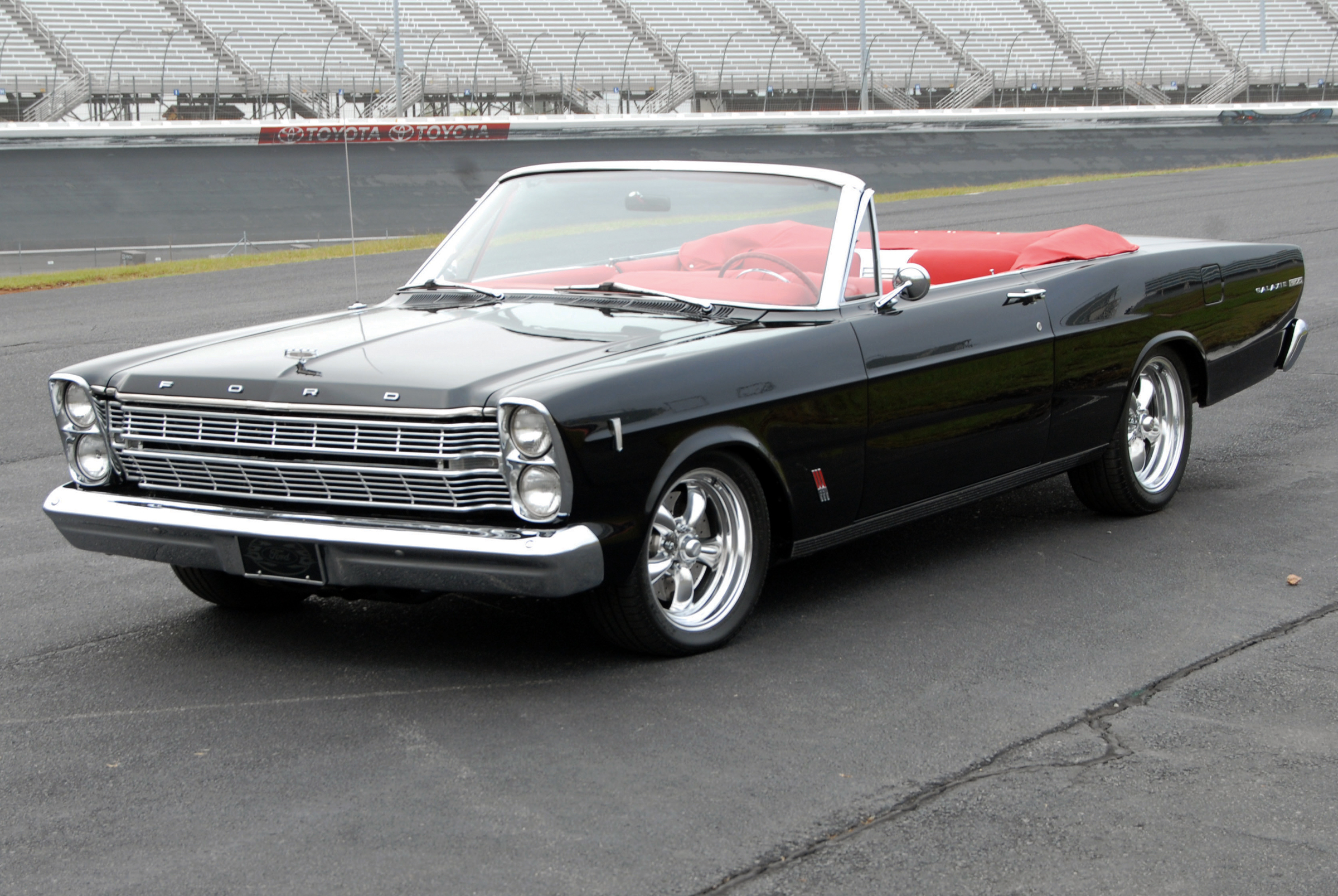
Although there is no set list or solid criteria we look for when choosing a feature car, we typically know the instant we’ve found one. Sometimes it’s a flawless paint job and subtle body mods that draw us in; other times, it’s a fully built motor loping angrily. Other times, though, we come across a car that is just plain cool—not the fastest, or even highly modified, but the kind of car you just look at and say, “Wow, check out that…” So it was at Goodguys Charlotte this year: sitting proudly in the mist and drizzle was Doug Wayne’s ’66 Galaxie convertible. At Auto Builder, we have a soft spot for large vehicles, and, realistically, Ford is not known for making many great small cars. Even small Fords are big, and if you don’t believe us, stick an early Falcon next to a Scion. But few companies do big as well as Ford, and even from a distance, we knew this Galaxie was as cool as it is long.
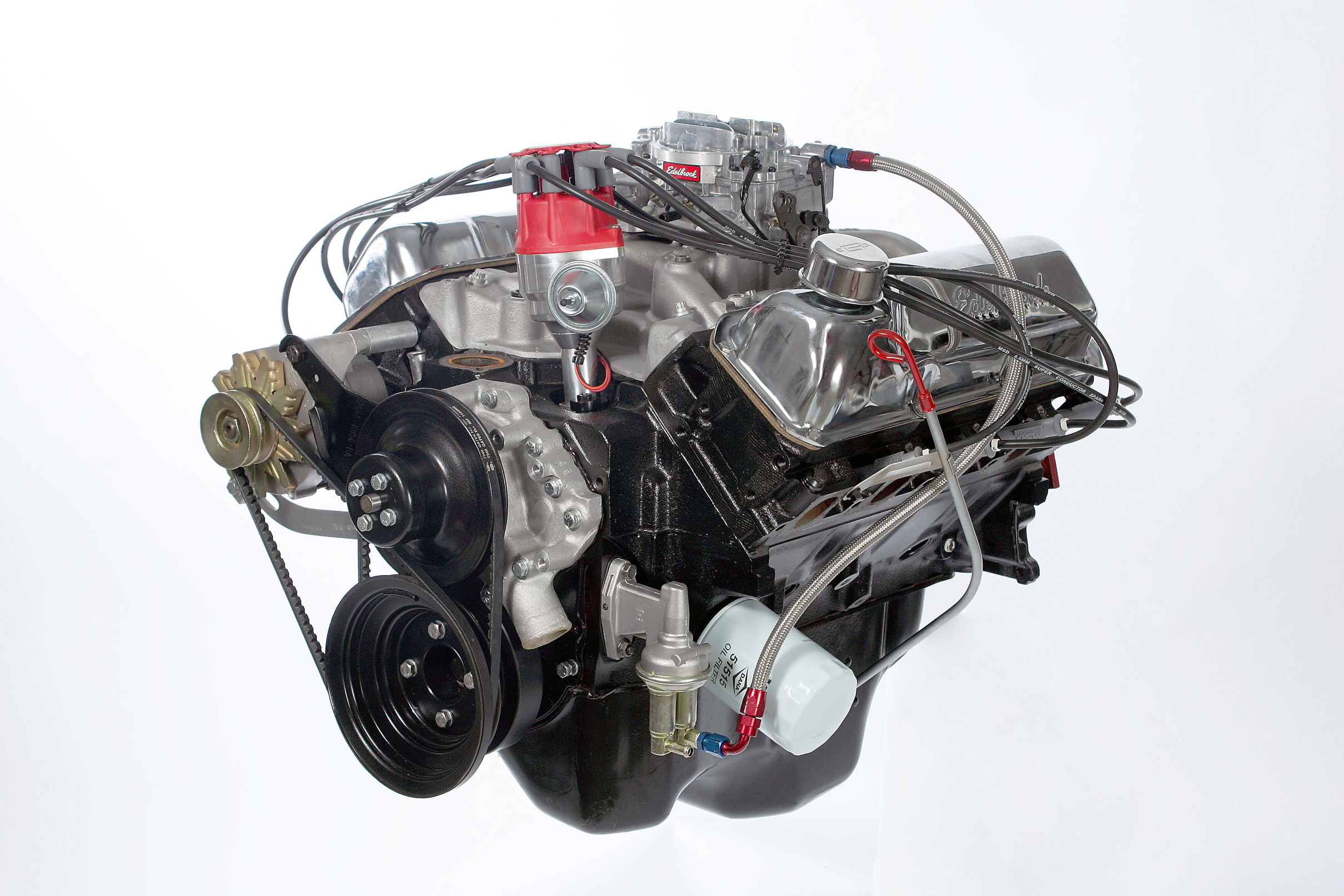
Ford fans will always have a soft spot in their blue-oval hearts for the Windsor, the Cleveland and the big 460 FE engines—and deservedly so. If you’ve ever crawled a junkyard for one of these engines, you’ve likely passed over more than a few 351M and 400 engines to find what you are looking for. Poor factory numbers and bad word-of-mouth have made these cousins to the mighty Cleveland about as wanted as poison ivy at a nudist colony, but there is power to be found in those engines—and cheap, too.

Looking at the Stallion shows the influence of Unique Performance on Foose’s design. Actually, once you really sit down and look at the car, it appears to be a collage of design features from classic Mustangs, all herded together on the same car. The new front fascia replaces the stock headlight buckets with a large round light and smaller driving light, and this arrangement looks very similar to that found on the Unique G.T.500E. Horizontal billet bars replace the stock honeycomb mesh in the upper grille, shaped very much like the original ’65 grille, down to the offset Foose badge in place of the stock Mustang emblem. The lower grille contains another pair of round lights and more billet bars.

Mustangs are usually not candidates for sleepers, because everyone knows Mustangs have plenty of power from the factory for their lightweight bodies. This example, owned by Mike Skiles, looks like an original ’69 Mustang, but as soon as the engine is fired, that logic is thrown out the window.





